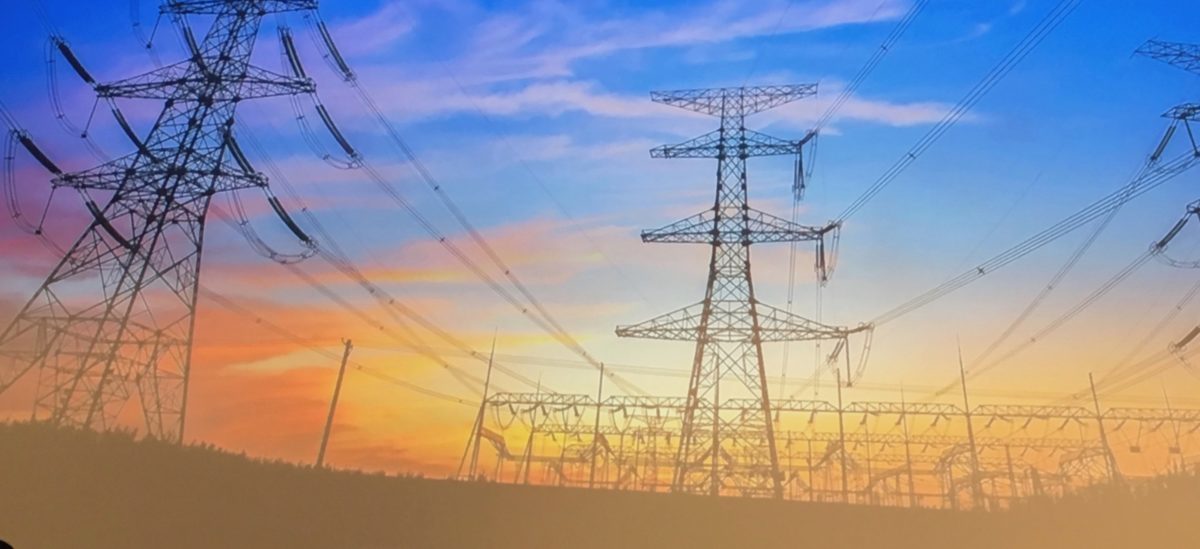It’s no secret that in order to achieve President Biden’s goals to create a carbon pollution-free power sector by 2035 and a net zero emission economy no later than 2050, the U.S. will need to double annual renewable capacity additions, an end that can only be supported by strong, comprehensive policy.
These policies took center stage at the American Council on Renewable Energy’s (ACORE) Finance Forum Fireside Chat on June 15, which brought together experts federal experts together to discuss the administration’s agenda for energy and climate.
The conversation was moderated by ACORE COO, Bill Parsons, and featured participation by Bobby Andres, senior policy adviser, Majority Staff of the U.S. Senate Finance Committee; Alice Lin, budget and tax policy adviser for the House Ways and Means Committee; and Candace Vahsling, associate director of Climate, Energy, Environment and Science for the U.S. Office of Management and Budget.

Much of the discussion focused on the policies included in two pieces of legislation working their way through Congress: the Green Act and the Clean Energy for America Act. The Green Act looks to establish and expand incentives for renewable energy and energy efficiency projects, including an energy storage tax credit and renewable fuel tax credits. The Clean Energy for America Act proposes a dramatically simpler set of long-term, performance-based energy tax incentives that are technology-neutral and promote clean energy in the United States.
Coming up short
A central theme in the discussion was that 2021 is a year of opportunity to enact meaningful, long-term policy that will drive investment in renewables; to make progress on renewable development pipelines; and to make the impending energy transition a just and equitable one.
The panel members of this Fireside Chat session said that an unprecedented buildout of renewable energy is necessary to achieve a carbon-free power sector by 2035, and current tax incentives won’t get the country there.

Both Andres and Vahsling agreed that the best way to push investment is by creating long-term certainty around incentives. While increasing, and (in cases like the Investment Tax Credit) returning credits to their original rates will help, investments are made for the decade, not the day, and certainty is an important part of investment and project planning. Any meaningful policy will have to be thinking about the implementation and effect of these credits in long-term.
Lin urged a whole-government approach to increasing project investment attractiveness, which would include the expansion of technology block grants and accelerators.
The idea of a long-term outlook isn’t just one of making sure the right credits are in place for the right period of time. The phaseout of those credits is vital, with Parsons noting that, after a certain point of decline, credits no longer spur investment and development.

In response, Andres said that the purpose of the Clean Energy for America Act is to set climate policy through incentives using a framework that can hold long-term. Any zero-emission technology would receive the same amount of support, which, in turn, would make those technologies less expensive. By using incentives to lower overall long-term costs, these technologies can remain attractive even without subsidies.
Lin added that, in order to take advantage of current market opportunities, developers need to have long-term confidence. A concrete phasing schedule of credits is key to establishing this confidence.
Tax equity stress
Another phenomenon that has recently caused developers headaches is the stress on tax equity that began before the Covid-19 pandemic, but was exacerbated in the past year. While that stress was supply driven, Parsons said that the coin is expected to flip, and that demand-driven stress is imminent.

A policy solution that potentially could alleviate such stress is one that has been in the forefront of Biden’s climate policy: direct access to tax credit funds.
Direct Pay has been pushed for by the Solar Energy Industries Association (SEIA) as a necessity for the solar industry, and is a tool that Andres described as straightforward and effective. The issue with tax equity is that it requires another entity to put its capital at risk. That means investors tend to focus on technology that they’re familiar with because it’s proven. As a result, newer technologies often are unable to secure financing. The direct pay idea would open the door more for more innovative technologies and smaller companies to succeed.
Transmission buildout
Another policy point that all the speakers agreed on was the need for investment and support to expand transmission and distribution infrastructure, so that the full potential of renewables can be achieved to deliver power effectively to load centers. All agreed that the U.S. currently can’t meet its renewable deployment goals without additional transmission buildout.
Vahlsing said that improved transmission infrastructure is essential for reliability, but added that significant logistical and financial hurdles exist. By targeting support directly for transmission projects, rather than including transmission in other energy expansion measures, these once daunting projects become areas of focus for innovation and can be tackled effectively.
The three speakers also agreed that the country has a responsibility to ensure that energy investments benefit disadvantaged communities and provide new opportunities for former fossil fuel workers who may be displaced by the transition.
This content is protected by copyright and may not be reused. If you want to cooperate with us and would like to reuse some of our content, please contact: editors@pv-magazine.com.









By submitting this form you agree to pv magazine using your data for the purposes of publishing your comment.
Your personal data will only be disclosed or otherwise transmitted to third parties for the purposes of spam filtering or if this is necessary for technical maintenance of the website. Any other transfer to third parties will not take place unless this is justified on the basis of applicable data protection regulations or if pv magazine is legally obliged to do so.
You may revoke this consent at any time with effect for the future, in which case your personal data will be deleted immediately. Otherwise, your data will be deleted if pv magazine has processed your request or the purpose of data storage is fulfilled.
Further information on data privacy can be found in our Data Protection Policy.